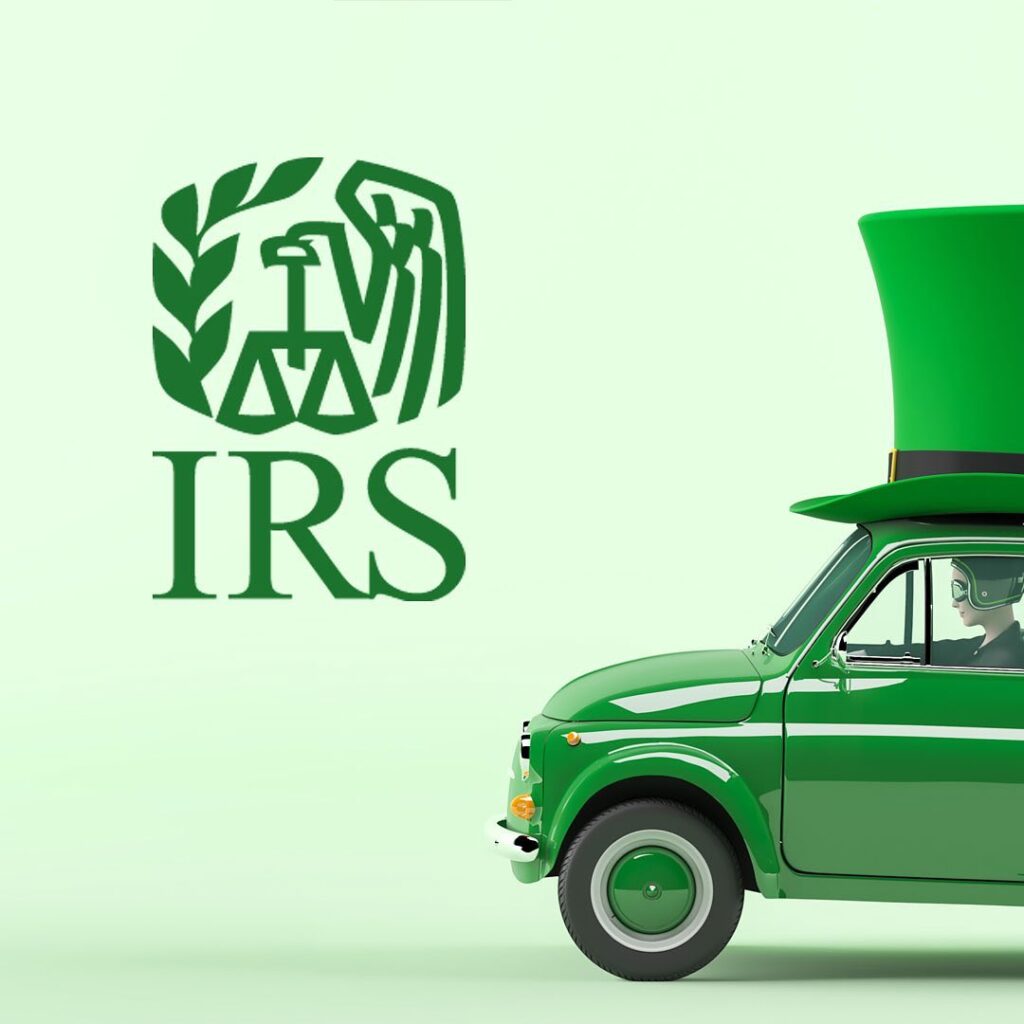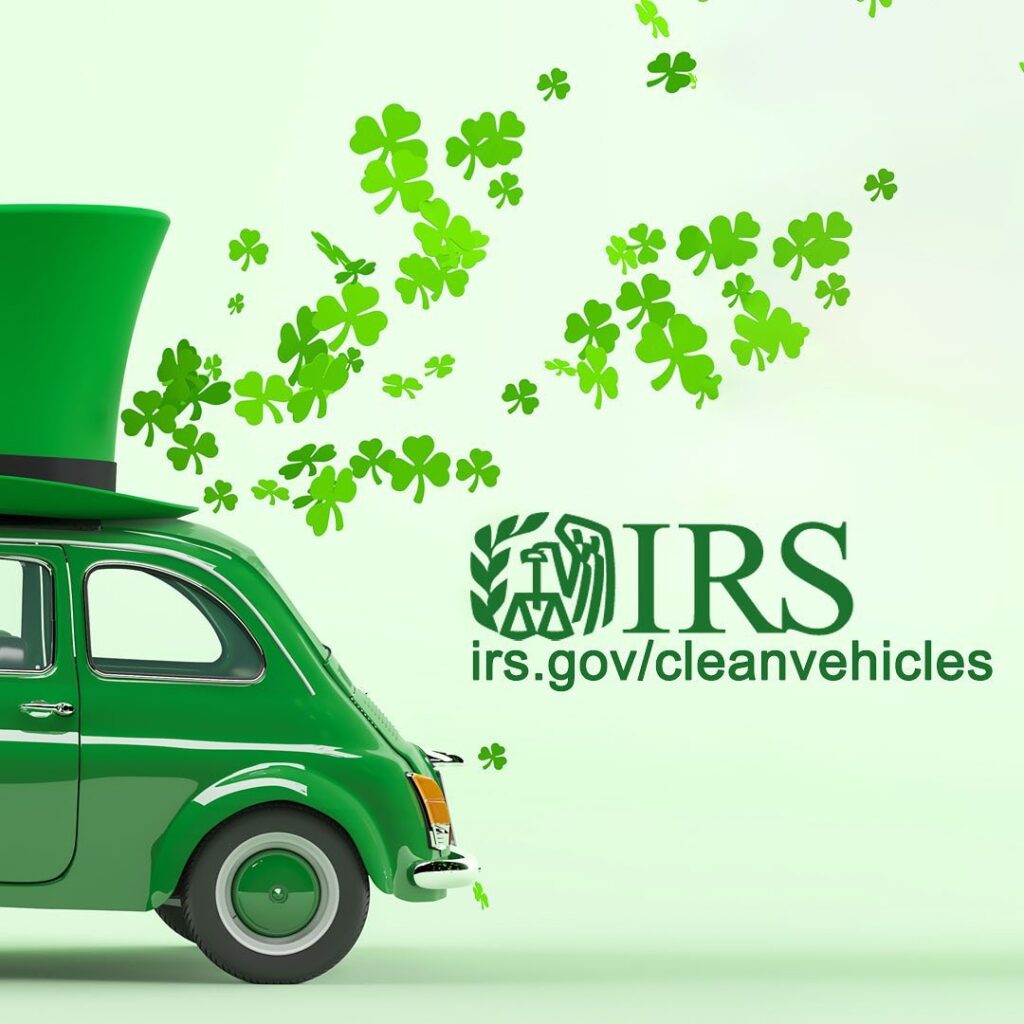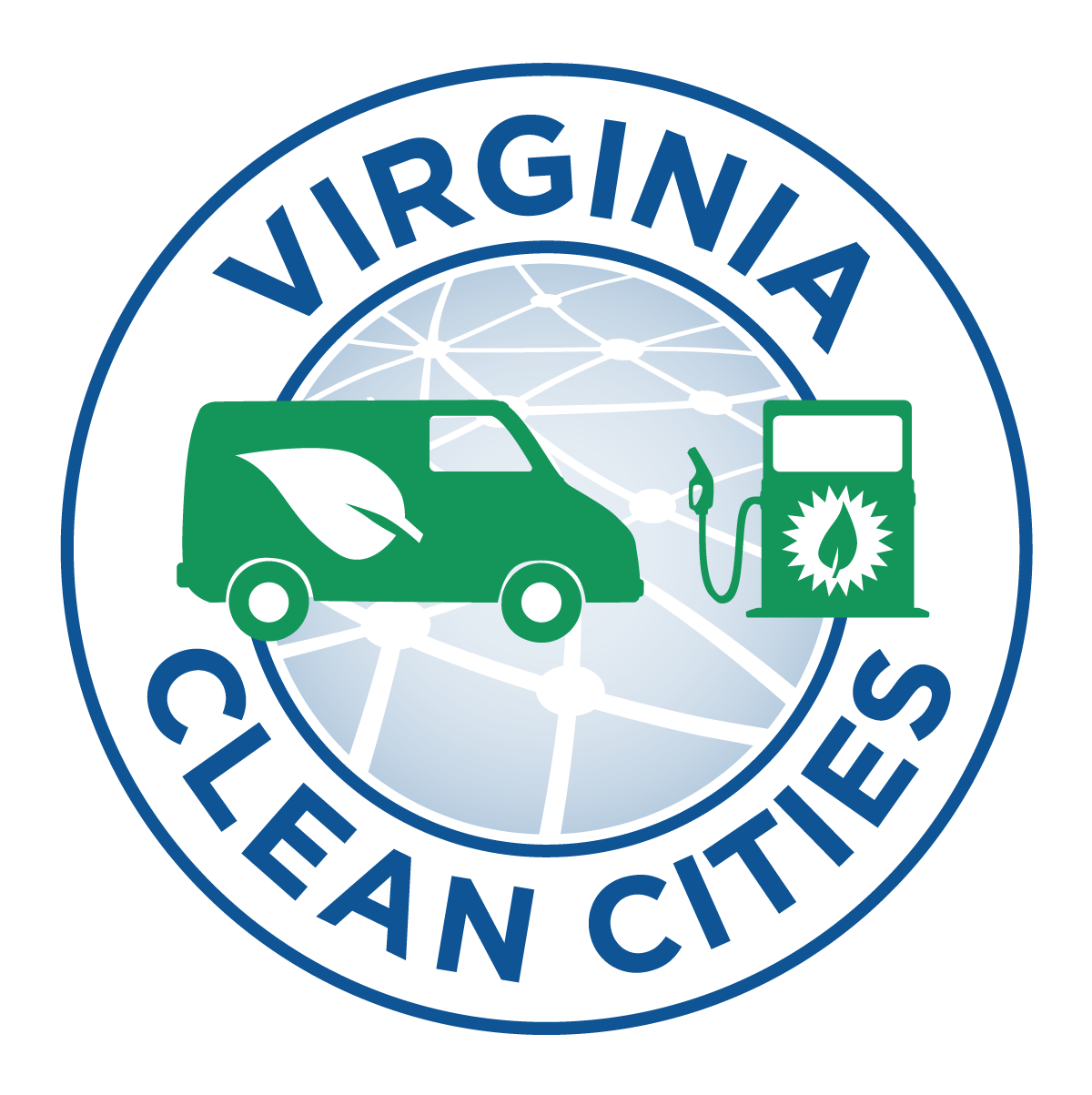

The U.S. Internal Revenue Service (IRS) has released June 14, 2023 guidance for Direct Pay IRS tax benefits so that many tax-exempt have a clear path for getting a range of important clean technology integration tax credits including clean vehicle and alternative fuel infrastructure elective payed to them. These credits can bring $100,000 for infrastructure sites, $40,000 for heavy duty vehicles, $7500 for clean fuel vehicles, and production tax credit of 2.6 cents per kWh and up to $3 per kg of hydrogen and unlike past annually expiring credits, these tax credits operate through 2032. Disclaimer: This is information from the IRS. Virginia Clean Cities is not tax accountants and organizations should consult with their financial staff on tax credits.
IRS PAGE: https://www.irs.gov/credits-deductions/elective-pay-and-transferability-frequently-asked-questions-overview and https://www.irs.gov/credits-deductions/elective-pay-and-transferability-frequently-asked-questions-elective-pay
Elective pay allows applicable entities (as defined), including tax-exempt and governmental entities that would otherwise be unable to claim these credits because they do not owe federal income tax, to benefit from some clean energy tax credits by treating the amount of the credit as a payment of tax and refunding any resulting overpayment.
For example, as a result of the Inflation Reduction Act, a local government that makes a clean energy investment that qualifies for the investment tax credit can file an annual tax return (via Form 990-T) with the IRS to claim elective pay for the full value of the investment tax credit, as long as it meets all of the requirements, including a pre-filing registration requirement. As the local government would not owe other federal income tax, the IRS would then make a refund payment in the amount of the credit to the local government.
Applicable entities include tax-exempt organizations, States, and political subdivisions such as local governments, Indian tribal governments, Alaska Native Corporations, the Tennessee Valley Authority, rural electric co-operatives, U.S. territories and their political subdivisions, and agencies and instrumentalities of state, local, tribal, and U.S. territorial governments.
States, political subdivisions, and their agencies and instrumentalities are all eligible for elective pay. This includes the District of Columbia. It also includes cities, counties, and other political subdivisions. Water districts, school districts, economic development agencies, and public universities and hospitals that are agencies and instrumentalities of states or political subdivisions are also included.
Applicable credits are.
- Energy Credit (48), (Form 3468, Part VI)
- Clean Electricity Investment Credit (48E), (Form 3468, Part V)
- Renewable Electricity Production Credit (45), (Form 8835, Part II)
- Clean Electricity Production Credit (45Y)
- Commercial Clean Vehicle Credit (45W), (Form 8936, Part V)
- Zero-emission Nuclear Power Production Credit (45U), (Form 7213, Part II)
- Advanced Manufacturing Production Credit (45X), (Form 7207)
- Clean Hydrogen Production Credit (45V), (Form 7210)
- Clean Fuel Production Credit (45Z)
- Carbon Oxide Sequestration Credit (45Q), (Form 8933)
- Credit for Alternative Fuel Vehicle Refueling / Recharging Property (30C), (Part 8911, Part II)
- Qualifying Advanced Energy Project Credit (48C), (Form 3468, Part III)
In general, an applicable entity can use elective pay with respect to these 12 credits as long as it meets the tax credit’s underlying requirements. There are placed in service date restrictions for sections 45, 45Q, and 45V. Further, elective pay for the Commercial Clean Vehicle Credit (45W) is only available to an organization exempt from the tax imposed by subtitle A by reason of section 501(a) of the Code; a State, the District of Columbia, a political subdivision thereof, or any agency or instrumentality of any of the foregoing; a U.S. territory, a political subdivision thereof, or any agency or instrumentality of any of the foregoing; or an Indian tribal government, a subdivision thereof, or any agency or instrumentality of any of the foregoing.
There are several steps to making a successful elective payment election.
- Identify and pursue the qualifying project or activity. You will need to know what applicable credit you intend to earn and use elective pay for.
- Determine your tax year, if not already known. Your tax year will determine the due date for your tax return.
- Complete pre-filing registration with the IRS. This will include providing information about yourself, which applicable credits you intend to earn, and each eligible project/property that will contribute to the applicable credit, among other information required. Upon completing this process, the IRS will provide you with a registration number for each applicable credit property. You will need to provide that registration number on your tax return as part of making the elective pay election.
- Complete pre-filing registration in sufficient time to have a valid registration number at the time you file your tax return.
- IRS will provide additional information in the months ahead about this pre-filing step please visit the Elective Pay IRS page for more information.
- Satisfy all eligibility requirements for the tax credit and any applicable bonus credits, if applicable, for a given tax year. For example, to claim an energy credit on a solar energy generating project, you would need to place the project in service before making an elective payment election.
- You will need the documentation necessary to properly substantiate any underlying tax credit, including if bonus amounts increased the credit.
File the required annual tax return by the due date (or extended due date) and make a valid elective payment election. This includes properly completed and attached source credit forms, Form 3800 (including registration numbers) and required return attachments.
Virginia Clean Cities is not tax accountants and organizations should consult with their financial staff on tax credits.
